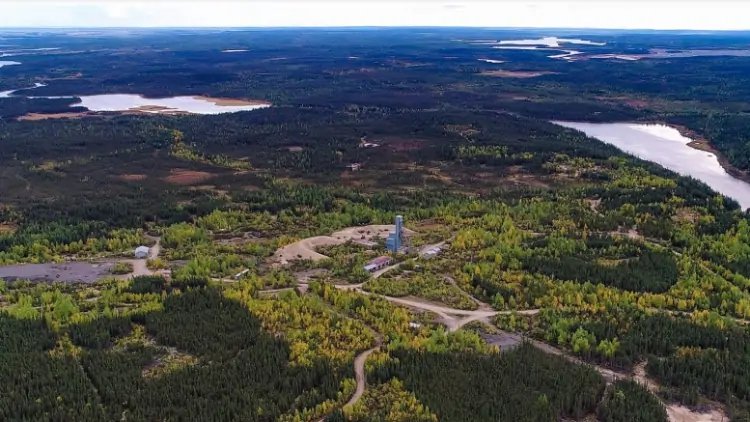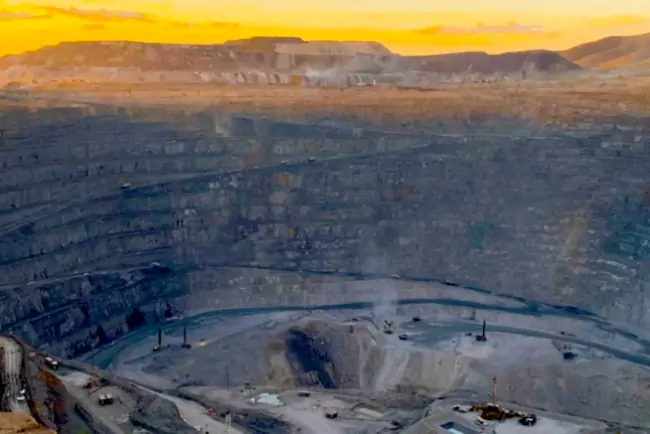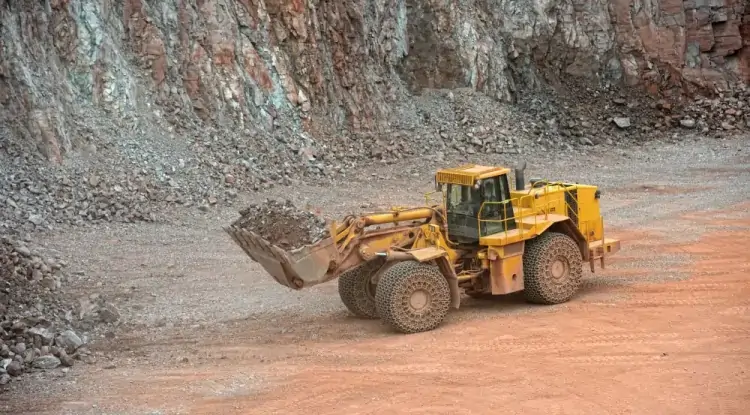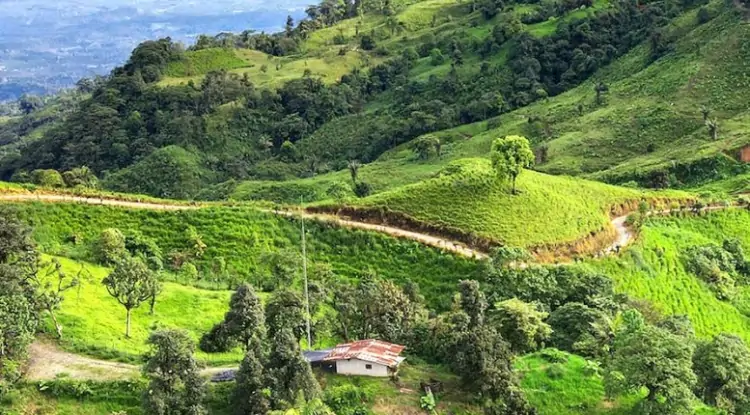Manitoba declares itself Canada’s ‘critical metals Costco’
In announcing her Progressive Conservative Party’s new Critical Minerals Strategy in late July, Manitoba Premier Heather Stefanson declared the Prairie province open for mining business.


“Manitoba is like the Costco of critical minerals – if you need it, we have it,” said the premier in a July 25 webcast press conference.
In comparison to other Canadian provinces and global mining hubs, Manitoba was slower to unveil a vital minerals strategy. Quebec was among the first and initiated this step back in 2020, with Ontario following suit in 2022, and Saskatchewan earlier this year.
However, the province is already in the midst of an exploration boom for lithium and other minerals. Almost 50 companies are busy seeking critical minerals in the province, comprising over 70% of all exploration companies in the region.
But Stefanson, who faces an election on Oct. 3, wants to draw further attention to the abundant reserves of critical minerals in Manitoba, and her government’s plans to fast-track the development of new mines, broaden industries, and enhance Indigenous participation, and grow the province into a critical minerals hub.
Manitoba’s strategy builds on six critical pillars that aim to create a supportive business atmosphere, encourage innovation and develop streamlined processes to draw investment and foster growth.
These pillars include enhancing global awareness of Manitoba’s competitive advantages, encouraging Indigenous engagement in the mineral economy, and improving regulatory processes, with $5 million earmarked so far to enhance systems and establish a dedicated permitting office. The office is expected to offer smoother departmental coordination and support for all mineral permit and licensing requirements.
Moreover, the government has committed to rejuvenating Manitoba’s geoscience capacity and to support the development of a critical minerals ecosystem, including manufacturing.
The strategy incorporates a legal framework that encourages environmental stewardship within Manitoba’s mining sector. The province’s central location in North America presents unique benefits including tri-modal links to the U.S. and Mexico, the Atlantic Trade Corridor, the Asia-Pacific Trade Corridor, and the Port of Churchill on Hudson Bay, facilitating smooth connectivity and trade prospects.
Manitoba also has an advantage in its reliable and hydroelectric-powered grid, boasting one of North America’s lowest electricity rates. With a deep history in mining, particularly for copper and diamonds, it also has experienced workers and educational institutions needed for new projects and facilities to succeed — especially given the growing fears of talent and skills shortages.
Looking forward, the government anticipates unveiling the Manitoba Minerals Action Plan in 2024, focusing on specific, time-bound actions to implement the strategy, at a time of sustained growth and prosperity for the province, according to the premier.
Flurry of summer activity
The announcement came as Manitoba experienced one of its busiest summers for mineral exploration in decades, marking what Manitoba’s Economic Development, Investment, and Trade Minister Jeff Wharton referred to at the July press conference as a “transformative period” for the province’s mining sector.
In Manitoba’s eastern region, Grid Metals (TSXV: GRDM; US-OTC: MSMGF) in July released an initial resource estimate for Donner Lake, outlining 6.8 million inferred tonnes grading 1.39% lithium oxide (Li2O). The resource consists of 2.1 million tonnes grading 1.42% Li2O of open pit resources (cut-off grade of 0.3% Li2O) and 4.7 million tonnes grading 1.37% Li2O of below-pit underground resources (cut-off grade of 0.5% Li2O) from the Main Dyke and Northwest Dyke.
Grid recently signed a lease agreement with 1911 Gold to use the existing True North mill, which was operated until late 2022 as a gold processing facility.
The shift from gold to lithium processing in the mill is expected to fast-track Grid’s resources to the market, potentially making Manitoba the home to Canada’s third lithium mine. The country’s two producing lithium projects are the Tanco mine, operated by China’s Sinomine in northern Manitoba; and the North American Lithium (NAL) project, operated in a 75-25 partnership between Sayona Mining (ASX: SYA; US-OTC: SYAXF) and Piedmont Lithium (NASDAQ: PLL; ASX: PLL), in Quebec. It made its first commercial shipment of spodumene concentrate in August.
Moving west of Donner Lake, a collaborative effort between locally owned Potash and Agri Development Corp. of Manitoba (PADCOM) and the Gambler First Nation culminated in the inception of Manitoba’s newest and first-ever potash mine in June. This venture has pledged to set a benchmark as the greenest, lowest carbon potash mine in Canada, heralding a new era of sustainable mining practices.
The mine in Harrowby will start by producing 50,000 to 100,000 tonnes of potash yearly, later increasing to at least 250,000 tonnes. Thanks to extra leases, PADCOM anticipates making a yearly profit of $5 billion with a production increase to one million tonnes.
Further north, Callinex Mines (TSXV: CNX; US-OTC: CLLXF) in July unveiled a resource covering the main discovery at the Rainbow deposit, which contains 3.4 million indicated tonnes at 3.59% copper-equivalent for 238.3 million lb. copper, 56.9 million lb. zinc, 37,600 oz. gold, 692,800 oz. silver and 2.3 million lb. lead. Inferred resources add 1.3 million tonnes at 2.95% copper-equivalent for 72.1 million lb. copper, 19.5 million lb. zinc, 11,100 oz. gold, 222,200 oz. silver and 800,000 lb. lead.
The Rainbow deposit remains open for expansion in addition to the nearby Pine Bay deposit, which contains an inferred resource of 1 million tonnes at 2.62% copper for 58.1 million lb. copper.
Future forward
Looking ahead, the province is buzzing with anticipation for increased investment and activity. Notable collaborations include Hudbay Minerals’ (TSX: HBM; NYSE: HBM) partnership with the Japanese group Marubeni to explore opportunities in Flin Flon and Vale’s (NYSE: VALE) hefty investment of $150 million to extend mining activities in the Thompson area for a decade.
In another encouraging development, Canadian Premium Sand (TSXV: CPS) is coordinating with Hollow Water First Nation to establish a silica sand operation. This operation is set to fuel a $900-million solar glass manufacturing facility in Selkirk, offering high-grade silica as a vital resource.
At Lynn Lake, Alamos Gold (TSX: AGI; NYSE; AGI) and Marcel Colomb First Nation inked a ground-breaking revenue-sharing agreement in June. An early August feasibility study on Lynn Lake showed a big increase in reserves, also capital cost estimates also rose considerably to US$632 million compared with a 2017 estimate of US$338 million.
If the mine is built, it could produce a total of 2.2 million oz. gold over a 17-year mine life.














